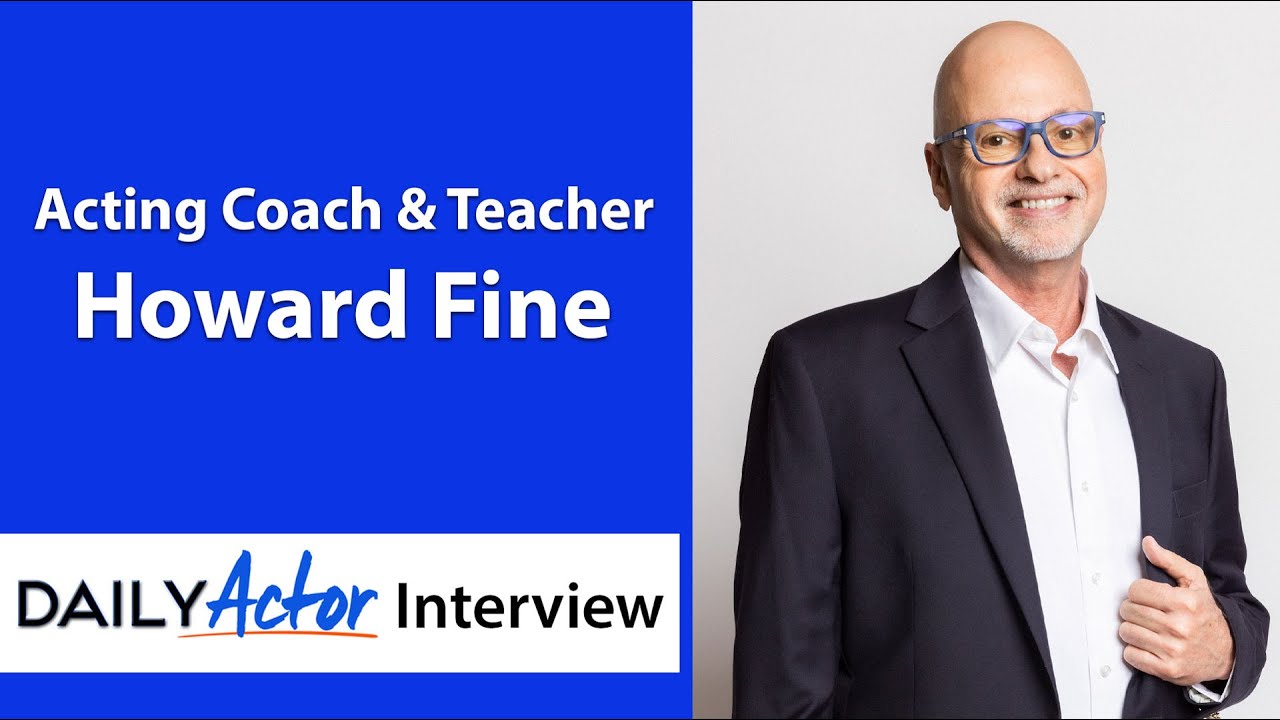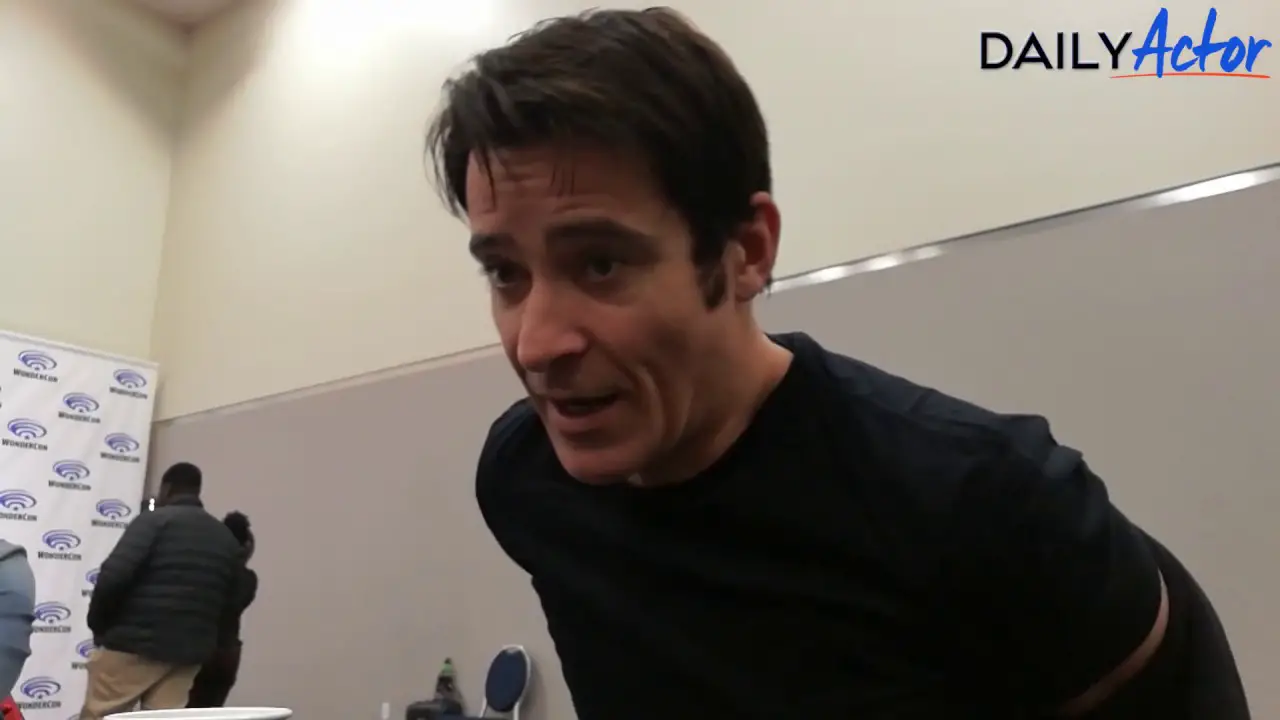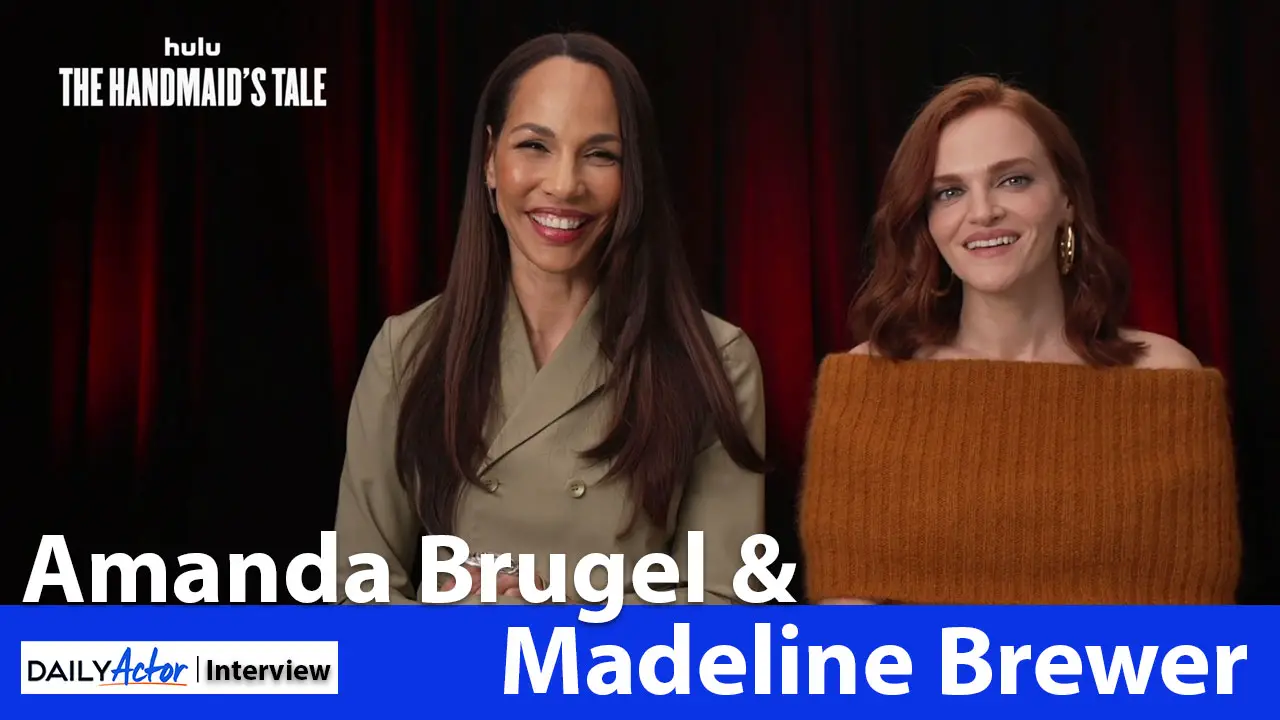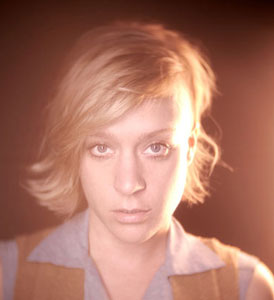 When Ryan Murphy was looking for an actress to play a nymphomaniac who gets her legs amputated by crazy Doctor for season 2 of American Horror Story: Asylum, Chloe Sevigny was at the top of his list.
When Ryan Murphy was looking for an actress to play a nymphomaniac who gets her legs amputated by crazy Doctor for season 2 of American Horror Story: Asylum, Chloe Sevigny was at the top of his list.
Academy Award nominated Sevigny is perfect in the part of Shelly, one of inmates at Briarcliff Manor, and she said in a recent conference call that Murphy called her up, spoke for an hour about the part and character and after watching a handful of season 1 episodes, she was “hooked right away and that’s when I signed on.” She then went on to say “Thank God,” she didn’t have to audition “because I’d never gotten the role auditioning, I’m terrible at it.”
In this Q&A, she talks about her character and how more craziness is yet to come, working with James Cromwell and her approach to acting.
American Horror Story: Asylum airs on Wednesdays at 10pm on FX.
You’ve done a lot of themes and topics that have been explored in the season of American Horror Story before in other projects, but what was it that was specifically unique about AHS that drew you to the project?
Chloe Sevigny: I guess it was having watched the first season and just being a fan of the show. I just thought it was so rich, the production design and costumes and how much detail went into it and I just thought it was wildly entertaining. I was hoping the second season would be as much so. I didn’t get to read any scripts prior to signing on, so I was kind of going in on blind faith hoping that it would be what I wanted it to be and it’s proven so.
Were you able to work with Ryan [Murphy] with your character and develop “Shelley” along, or was everything kind of fed to you week by week?
Chloe Sevigny: Yes, it was more week to week. I mean I think that’s mostly how television works. It’s a real writer’s medium and it’s not so much collaborative. It’s not like a film, so it’s pretty much all on the page. There were some bits where I asked Ryan for more lines, so that seemed to beef it up here and there and they tried to do that for me. That was probably the extent of it.
What is it like to work with James Cromwell who is …. I don’t know what he’s doing to you, but it’s really scary.
Chloe Sevigny: Oh, it gets much scarier. He was good. I mean I was a huge fan of his. I actually saw him in a café right before we started shooting and I went up to him introduced myself and he just like, “I’m so looking forward to chopping off your legs.” Yes, he was great. I mean you know he was really into rehearsing the scenes before and really exploring it to its fullest, so that was kind of nice. Sometimes people just go in and just hit their marks and he really wanted to work everything out before.
Can give talk about the preparation you do with James Cromwell and if you discuss the scene ahead of time. I mean there’s such a physical acting involved, also, too, with Jessica Lange. These are not just typical scenes. There’s a lot of almost physical abuse, and if you can give us some insight into your conversations with these actors to prepare.
Chloe Sevigny: Well, yes, there’s always a stunt guy on set also, and you go through all the motions. You kind of block out the physical bits, the throwing and the pulling and tugging and if it gets too rough, because sometimes an actor can lose himself in a scene and so you’re always … I always remind them I’m supposed to sell it. Whoever is getting the brunt of it is supposed to do all the acting, do all the selling of the violence and whatnot, so there’s a lot of—especially in the scene in the office with Tim and I, there was a lot of—I think we blocked that scene for like three hours, far longer than it took us to shoot it even just getting all the action down.
I mean it’s quite scary because James was so big and he was wielding this big kind of paperweight at me. He was getting really close and it was pretty frightening actually doing that scene. I was really exhausted at the end of that day, and it was quite scary while we were in it. His arms are so long I was so afraid he was actually going to knock me out.
And with Jessica, I guess we did a little bit more, yes, like she was like in the first scene in the first episode and her and I and she’s shaving my head and she has those old fashioned clippers on me and I had to remind her not to push too hard. I guess that’s it. I don’t know.
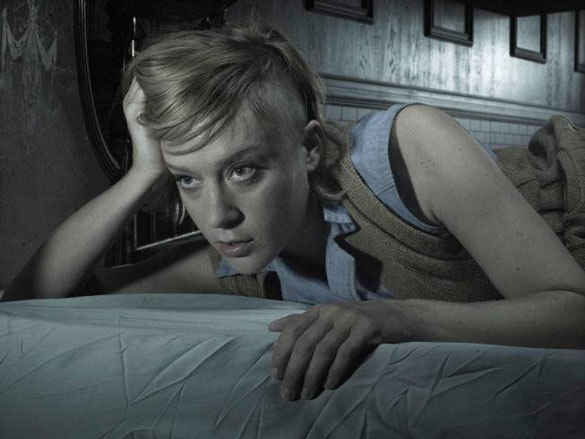
You’re playing a very specific character here, an inmate in a sanitarium and then for your next role you’re playing a driven detective, and that seems like a more grounded part. How do you shift as an actor from one role to another? Do you have to shake off “Shelley” before you play “Catherine” in Those Who Kill, or you find moving between roles to be an easy transition?
Chloe Sevigny: I find it pretty easy. I’ve already wrapped American Horror Story a couple of months ago. I think they might have me come back for something else. I’m not sure, so I’ll have plenty of time and then of course delving into the scripts and research and … with playing “Catherine” they’ll probably be some training involved also, so just trying to immerse yourself in whatever you’re doing at the time. While we were shooting American Horror Story, I was also shooting Portlandia, so I was going from one set to the next, and I’d never really done that before. And Portlandia was so new for me because it’s all improvisation and trying to be funny and all that, so it was quite difficult when you’re shooting two at the same time. But I think having basically … is a better way to go.
Could you just talk about the challenge of acting with no legs or half legs.
Chloe Sevigny: Well, the prosthetic pieces that they put on made it impossible to straighten my legs, so I had to keep my legs bent all day and I had to be wheeled around in a wheelchair and I was feeling quite helpless. It was a strange feeling to have to need assistance to do lots of different things. And that was probably the most challenging part, feeling kind of helpless in that way.
How you initially became involved in the show and perhaps about the audition process for your role of “Shelley,” if you don’t mind.
Chloe Sevigny: I actually didn’t have to audition. Thank God, because I’d never gotten the role auditioning, I’m terrible at it. No, they just called and said they had this guest spot and they had me in mind for it. Actually Ryan Murphy called me and we spoke for about an hour about the character and about the season and what he wanted to do with her. I’d never seen the show before, and I had to sign on without having read any scripts and I said I already know how to make a decision considering solely off this conversation. So they sent me the first season and I watched that and I loved it. I was hooked right away and that’s when I signed on. Then I showed up and got my first script and that’s how I found out about the character after reading about more than what we had spoken about.
What would you say were some of the initial acting challenges you found stepping into the role?
Chloe Sevigny: I guess it’s just how far you can push it, you know, when you’re playing like a little bit of a crazy person, you want to know that someone is taking care of you and it’s not going to make you look really bad, you know. So I remember going to the director and saying I know the tone of the show is a strange tone. It’s big. It’s campy, and it is what it is and I said I just want to make sure that I’m not going too far, so you don’t have to rein me in if I start overacting, because they do really want you to push it. I don’t want to be caught ….
Is the atmosphere pretty much maintained for every take, or is it everybody just kind of shakes it off and then dives back in again?
Chloe Sevigny: It depends on who you’re working with. I remember … was very, it was very light in between and with James, it’s been pretty intense, so I think it depends on the actor and how they work. Me being strapped onto the gurney, I think that maintains a certain something. I have my arms and my legs strapped down, so I couldn’t do a lot of movement. I had to have the art department tucking blankets around me in between each take, and my favorite PA like giving me water, feeding me water through a straw like an invalid. So it was like, yes, that was difficult, but that kind of keeps you in the scene.
The asylum itself is sort of a character on the series. Can you talk about how the environment helps you get into character?
Chloe Sevigny: Yes, and the smokiness and all of that, well, in the last episode when I kind of knock out the orderly, Carl I think he’s named, we’re supposed to be in the stairwell, but they haven’t built the stairwell yet or maybe they have run out of budget for the cast, I’m not sure. But so the scene was written as like I’m on the stairs and I pull him down, so I felt like it wouldn’t have sold, like that stunt would have been much more convincing that she would have been able to knock him out, that she pulled him down and he hit the side of the tub so conveniently.
For me it was difficult. I kept arguing with them saying I don’t see how she could be such a shot to have that happen so conveniently. So the set can help working for you in that way. I was just being in there and all of the icons and everything. I don’t know, they’re … for people, but the smoke is really irritating.
This isn’t the first character that you’ve played where you kind of haven’t been sort of sexy or had love scenes in some capacity, so is that something that you’re inherently comfortable with, or do you find yourself outside of your comfort zone with some of those types of scenes?
Chloe Sevigny: Yes, I’m not comfortable doing them. I don’t think anybody ever gets comfortable doing those kinds of scenes. You know, it’s what the part called for and you just have to kind of stay grounded in it and think about her and why she’s there and what the circumstances are, why she’s … for her benefit or for the benefit of the others in the hospital to help them escape. And you know you just try and ground things and think about the reasons for why they’re happening.
All we know about “Shelley” before the asylum was that she was committed by her husband, but we don’t know anything about her life. Did Ryan give you a back story or did you create one? Would that be part of the … character?
Chloe Sevigny: There’s that one little speech when she tells “Dr. Arden” how she wound up in the hospital. Is that still in the show? I think it is. I just kind of took it from there and imagined her kind of marrying her high school sweetheart and finding herself in a predicament falling out of love sooner than she expected to, or something. He really didn’t get into it with me. I had to create my own, but if that’s more of a direct answer, I guess.
Is that the way you like to work? Do you like to create a back story to help?
Chloe Sevigny: It depends on the part and like with Big Love, there’s was so much back story and so many other characters that came into play that we really hadn’t charted out her past like her first husband and stuff, so there was a lot of discussion on that show much more. I had a bigger part over five seasons, though. Sometimes I find myself tripping up over my back story because things change so much along the way.
When you get the script, what’s it like trying to wrap your head around where your character is going to go within that story?
Chloe Sevigny: What’s it like, I don’t know, you kind of just have to take what’s on the page and try and make the most of it and fill in all the blanks. I think when you’re playing a guest spot, I think it’s a little harder than a main character—actually, it’s a lot harder, because there’s not as much to work with, so it’s harder to really fall into the character and lose yourself … not such a huge—so it’s harder to lose yourself … there.
Is there any type of role that you would love to take on that you’ve not had a chance to portray yet?
Chloe Sevigny: I would love to do more comedic stuff. I’d like to do some sort of period I don’t know romantic comedy kind of thing, which people just don’t make anymore. Every actress always says she’d love to do something like that, so it’s pretty typical I guess, you know, like a Hepburn kind of thing, you know.
How much fun did you have playing the resident nymphomaniac? Do you ever shock yourself with the things that you said as your character?
Chloe Sevigny: Not so much the things I said, but some of the rubbing of the body in front of everybody else and all of that. I found myself like during that scene where “Kit” is fighting in the first episode, like her being turned on by the violence. Like oh my God I’m really like going for it with this part, so I guess I surprised myself in that sense, in that scene.
And Jessica Lange, you said that she really shaved your head.
Chloe Sevigny: She did.
What did you think of your new hairdo and how did you make it work for you after that?
Chloe Sevigny: Well, I got to cut it since then. It’s a bit asymmetrical, a bit uneven, but it was better than going in at 4 a.m. instead of six to have them put a piece on, so I just kind of learned to live with it. I had the haircut actually when I was younger, like 20 or something, and it really worked. Now that I’m older, I found it not to be working quite so much.
You shoot that I think on a stage? You’re not on location, they built that asylum. I wonder if you could tell me a little bit about what the set is like and is it as creepy to be in as it looks on TV?
Chloe Sevigny: It is very eerie. They built it; it’s on the Paramount lot. I think that’s where Ryan shoots all of his shows, so like yes, they have all these … around and stuff and art and lab and the room that I’m in in the … also just like that’s kind of what do they call those … I’m still recovering from Halloween. But, yes it’s really creepy, especially when there was no … and everything and just the way they light, it’s very dark, so the way they light it and it’s kind of spooky, long shadows and all of that.
Do you or any of the other actors take a method approach, or are you staying in character while you’re on set? I guess were you staying in character? Is that part of your approach?
Chloe Sevigny: No, no, it’s never been my approach … exhausting. I’d be … coming on to every man on the set or something. That would be really degrading.
When you learned you were going to play a nymphomaniac, did you do research? Other than watching movies, did you look for scientific aspects of the disease?
Chloe Sevigny: I didn’t. Actually a friend of mine had seen some documentary that he thought would be very helpful and I was going to watch it. But I was like, I was doing a play right before we started and there just wasn’t any time. I was up at Vassar and doing the kind of workshops with the play and there was not enough time, sadly. But I’d be curious to find out more about it.


